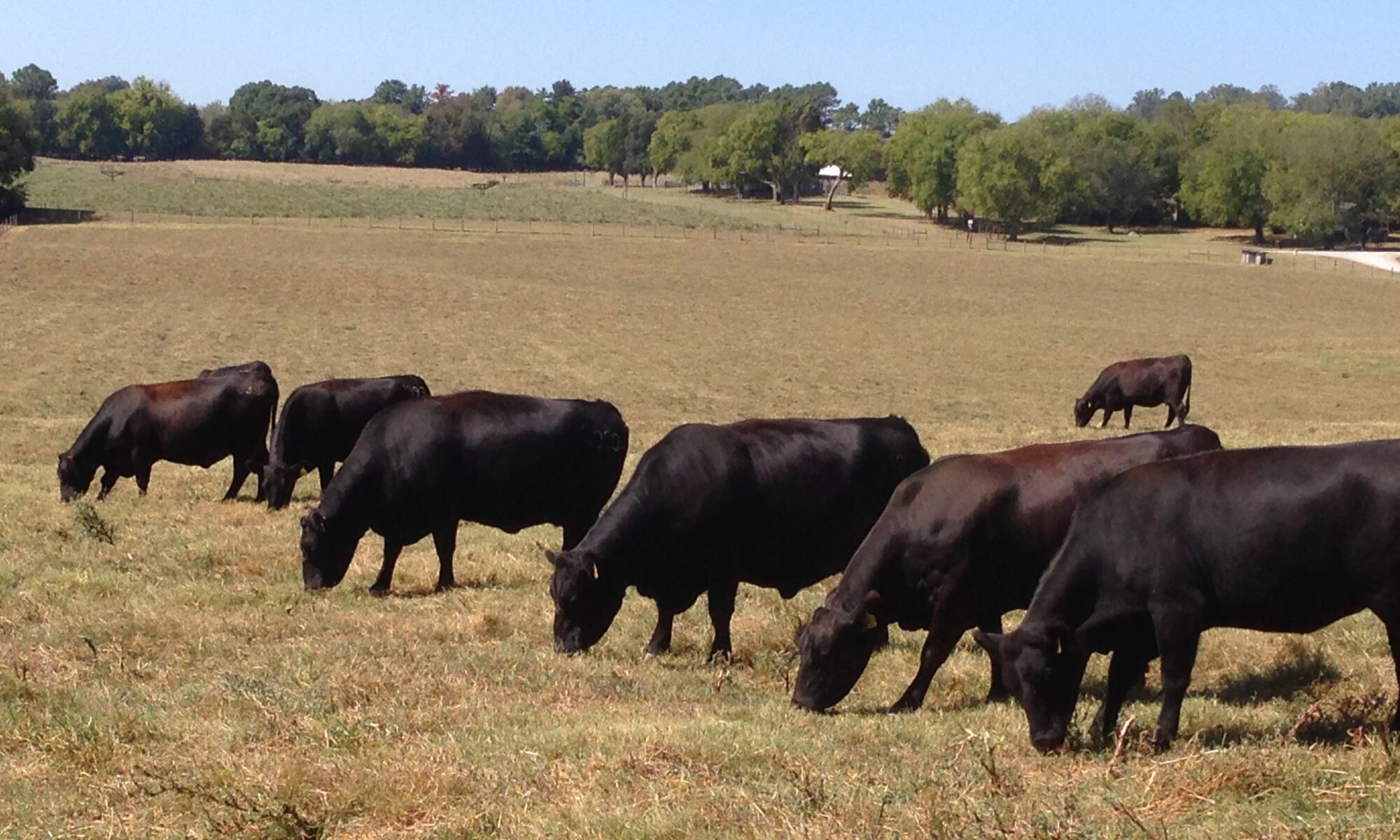
Agriculture and Natural Resources
More than half of Tennessee is already experiencing some level of drought, and the 3-month forecasts are not favorable for significant rainfall. This means we should prepare now for the possibility of a fall drought that could directly impact pasture growth and hay supplies. Careful planning and timely management decisions can help stretch forage resources, reduce feed costs, and maintain herd productivity. In most Tennessee operations, hay feeding is required for about 130-140 days each year. Drought conditions make this even more challenging by reducing both pasture growth and hay yields. Knowing the costs of feeding hay and supplements, any strategy that extends grazing days and conserves hay will improve profitability.
Reducing Forage Needs in the Herd: One of the most effective ways to conserve forage during a drought is to reduce overall herd demand. This starts with timely culling, removing non-pregnant cows, open heifers, and animals with health issues, since these consume valuable feed without returning income. Early pregnancy checks are critical for identifying unproductive females. In addition, evaluating bull numbers and marketing unproductive or extra bulls can further reduce feed costs. Acting on these steps early not only lessens forage demand but also improves market opportunities, as animals sold in good condition during the fall typically bring stronger prices than those marketed later when hay is scarce and body condition has declined.
Reduce storage and feeding losses: Hay losses can be as high as 40% when bales are stored on the ground. Using racks with covers or storing hay in barns can reduce losses to as little as 3%. During feeding, unrolling hay in the pasture can waste up to 25% of a bale, while rings or cone feeders cut losses to 3–7%.
Stretch hay with supplements: By-product feeds such as soybean hulls, corn gluten, or dried distillers’ grains can help conserve hay supplies. Begin with a forage analysis to determine hay quality, then use protein or energy supplements strategically to balance diets. Providing a high-protein feed can improve digestion of low-quality hay and keep cattle in good condition.
Planning Ahead is key: With drought already present in much of the state, hay and pasture shortages may worsen this fall. Timely culling, careful hay storage, and smart supplementation are key tools to reduce risk and maintain profitability. Monitoring conditions closely and making proactive decisions will put operations in the best position to weather a dry fall.
Hopefully the forecast is wrong, and Tennessee gets some much-needed rain, reducing concerns about forage and cattle management this fall.